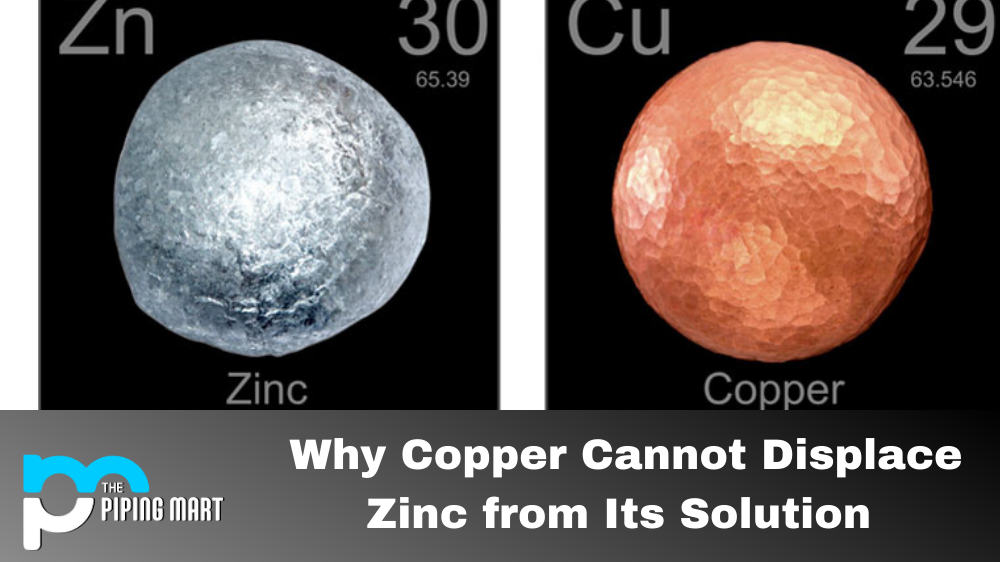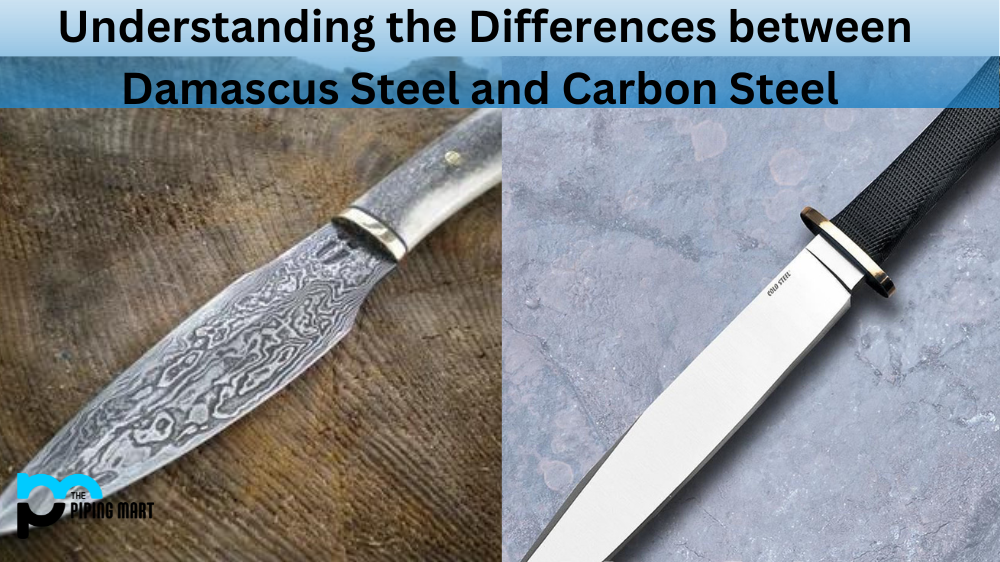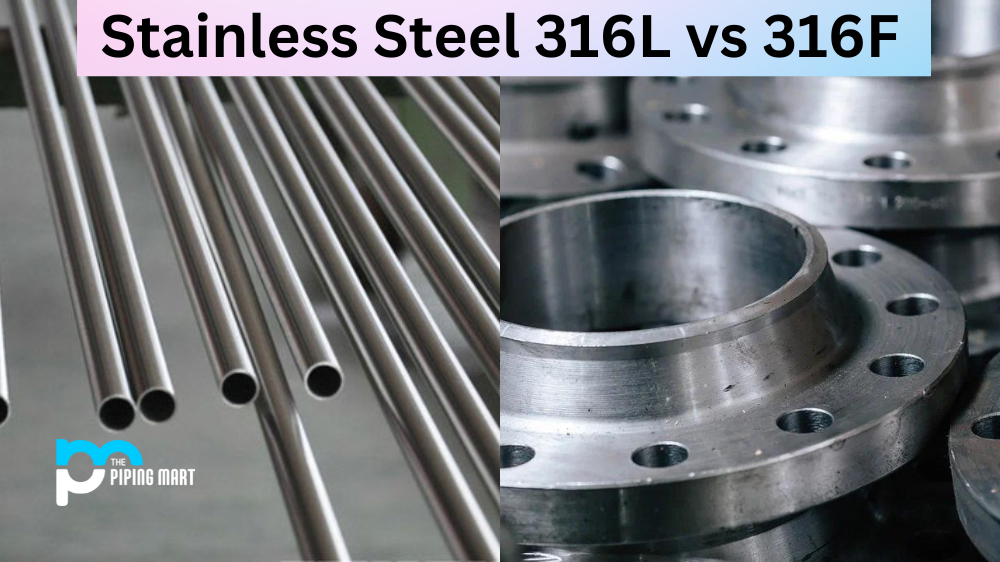When it comes to learning about the properties of different elements, displacement is an important concept. In simple terms, when one element displaces another from a solution, this means that the first element has a higher affinity for the compound than the second element does. So why can’t Copper displace zinc from its solution? Let’s explore this concept further.
Copper cannot displace zinc from its salt solution
The answer lies in understanding how displacement works on a molecular level. The ability of an element to displace another is determined by its electron affinity—the ability of an atom or molecule to attract electrons. Copper has a higher electron affinity than zinc, which means it more readily attracts electrons and therefore has a higher probability of displacing zinc from its solution. However, Copper still cannot completely displace zinc because some of the bonds between the two elements are too strong to be broken by Copper’s electron affinity alone.
It is also important to consider that displacement reactions occur on macroscopic and microscopic scales. On the macroscopic scale, one element may displace another in a single reaction vessel if all other conditions are ideal; however, on the microscopic scale, individual atoms may not react with each other due to their specific electronic configurations or bond strengths. This means that even though Copper has a higher electron affinity than zinc, there could still be some zinc molecules that remain bonded together despite being exposed to copper ions in solution.
Conclusion
In conclusion, although Copper has a higher electron affinity than zinc and thus is more likely to displace it from its solution, this does not always happen due to individual bond strengths between atoms and molecules and differences in electronic configurations at play on the microscopic level. Understanding these concepts can help us better understand why certain elements act as they do when interacting with each other in solutions and other compounds.

Pipingmart is a B2B portal that specializes in metal, industrial and piping items. Additionally, we share the latest information and information about materials, products and various types of grades to assist businesses that are involved in this business.




